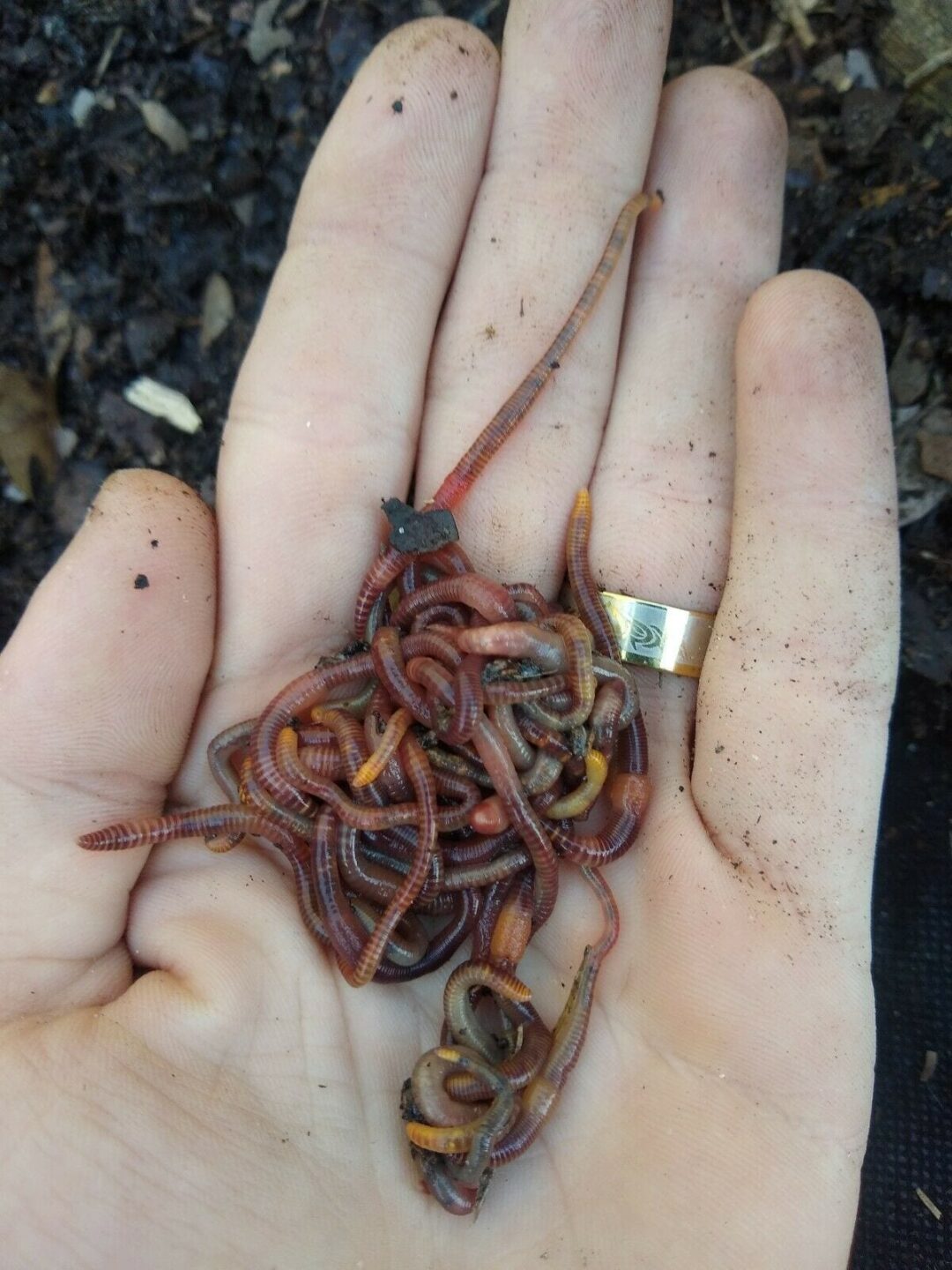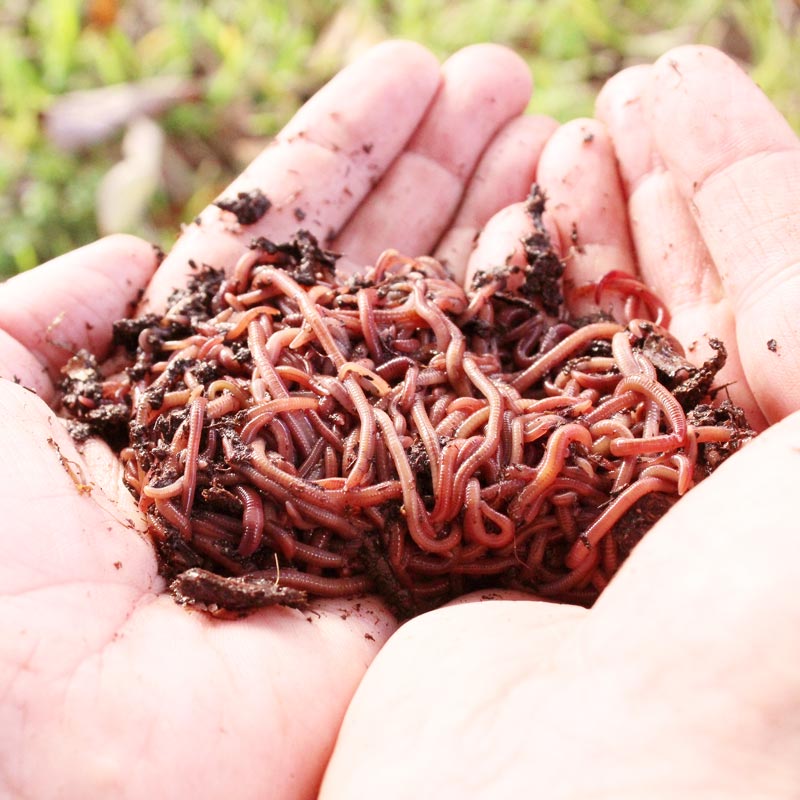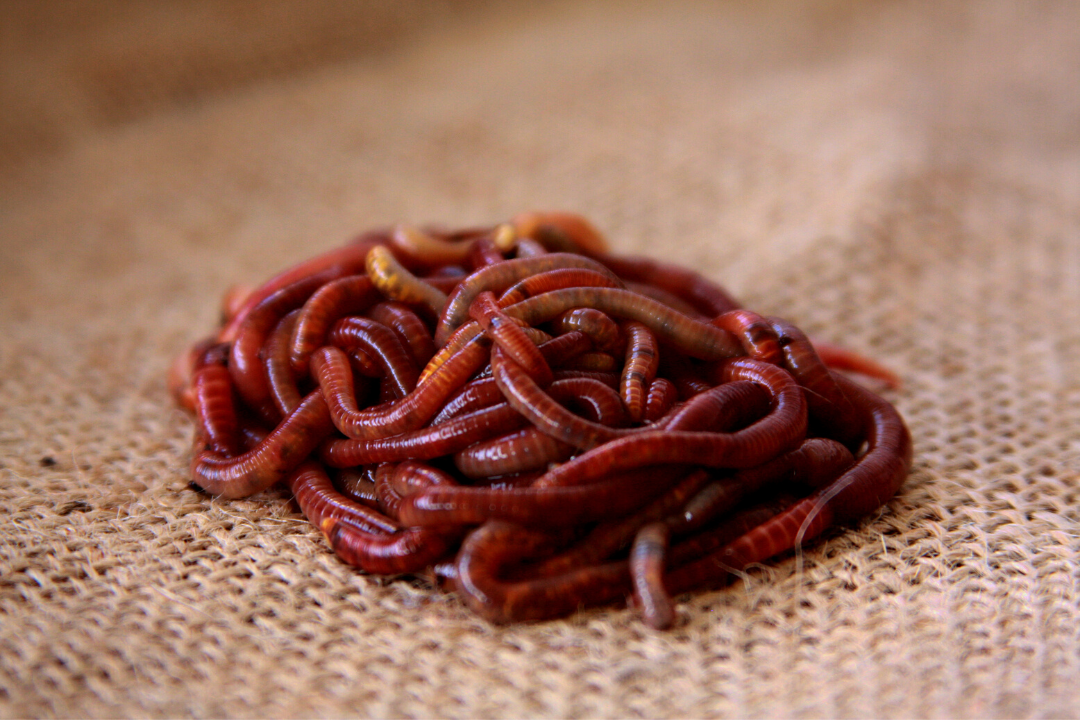Unlock the Keys of Red Wigglers: Your Guide to Composting Success
The integration of red wigglers right into composting techniques presents a substantial chance for boosting soil health and advertising sustainability. Comprehending their demands and actions is crucial for optimizing their potential, from establishing up a proper worm container to feeding them the ideal materials.

What Are Red Wigglers?
(Red Wiggler Express)Red wigglers, clinically referred to as Eisenia fetida, are a species of earthworm largely made use of in composting as a result of their amazing capability to decompose raw material effectively. These worms are defined by their reddish-brown pigmentation and a segmented body, normally determining between 3 to 4 inches in length. Unlike other earthworm types, red wigglers prosper in rich, natural atmospheres, making them optimal for vermicomposting systems.
Belonging To North America, they are usually located in decaying leaves and garden compost heaps, where they play a critical role in nutrient recycling. Their adaptation to staying in a damp, cardiovascular setting enables them to consume large amounts of natural waste, damaging it down right into nutrient-rich spreadings that improve soil health and wellness.
Red wigglers replicate quickly, with a solitary worm qualified of generating a number of cocoons each week, each including several hatchlings. Comprehending the biology and behavior of red wigglers is vital for optimizing their potential in composting applications.
Advantages of Utilizing Red Wigglers
Harnessing the power of red wigglers in composting supplies various benefits that enhance dirt health and wellness and advertise sustainable waste management. These remarkable organisms effectively damage down raw material, transforming cooking area scraps and backyard waste right into nutrient-rich vermicompost. This finished product is incredibly useful for plant growth, as it improves dirt framework, raises wetness retention, and boosts vitamins and mineral schedule.

(Red Wiggler Express)Furthermore, the existence of red wigglers in your composting system can speed up the composting procedure, generating top quality compost in a fraction of the time compared to traditional methods. The castings generated by these worms are also bursting with valuable bacteria that further enhance the dirt ecosystem.
Establishing Your Worm Container
Developing a reliable worm container is a simple process that can substantially boost your composting efforts. Worm containers can be made from plastic storage space bins, wood boxes, or readily offered worm containers.
Next, prepare the bed linen product, which acts as the worms' environment. A mix of shredded paper, cardboard, and coconut coir works well, supplying a comfortable atmosphere for the worms. Goal for a bed linen deepness of concerning 4-6 inches. Moisten the bed linens lightly, ensuring it resembles a wet sponge without excess water merging near the bottom.

Feeding Your Red Wigglers
To make certain the health and efficiency of your red wigglers, it is important to give them with a balanced diet that fulfills their nutritional requirements. Red wigglers prosper on a varied array of natural products, which not only provide necessary nutrients yet additionally advertise efficient composting.
Begin by including cooking area scraps such as vegetable peels, fruit cores, and coffee grounds. Stay clear of citrus fruits, onions, and garlic, as these can be harmful to worm wellness. In addition, introduce shredded paper, cardboard, and dry leaves to produce a well-aerated atmosphere.
Feeding frequency should be kept track of; usually, worms can eat half their body weight in food weekly. It is essential to avoid overfeeding, as excess food can bring about unpleasant odors and draw in bugs. A good method is to add food in percentages, allowing worms to refine it before introducing much more.
Keeping dampness degrees is additionally essential; the bed linens ought to perspire however not soggy. Last but not least, make certain to consistently examine the temperature level and pH degrees of the bin to guarantee an optimum atmosphere for your red wigglers, inevitably improving their composting effectiveness.
Harvesting and Making Use Of Compost
A successful composting procedure with red wigglers culminates in the abundant, dark compost referred to as vermicompost, which can dramatically boost soil health and wellness and plant development. Harvesting this nutrient-dense material generally occurs every three to 6 months, depending upon the dimension of your system and the amount of natural matter being processed.
To gather, delicately different the compost from the worms and any undecomposed materials. One efficient approach includes relocating the materials of the container away and adding fresh bedding and food to the empty area, encouraging the worms to move. After a few days, the garden compost can be gathered from the opposite side.
It is necessary to use vermicompost appropriately to optimize its advantages. By incorporating vermicompost right into your gardening regimen, you not just reuse natural waste however additionally create a flourishing community that supports sustainable gardening techniques.
Final Thought
In recap, red wigglers function as exceptional allies in composting efforts, changing organic waste right into nutrient-rich vermicompost (Red Wiggler Express). Their special biological attributes and efficient waste processing capabilities contribute considerably to lasting gardening go to website practices. By comprehending the optimal conditions for their habitat, feeding needs, and compost harvesting strategies, garden enthusiasts can improve dirt health and wellness and advertise plant vitality. Accepting vermicomposting not just minimizes land fill waste but additionally cultivates an extra environmentally responsible method to horticulture and resource management.